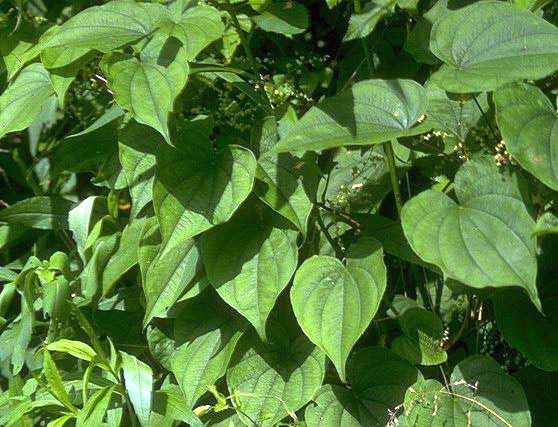Naturopathic health
Wild Yam Herbal Remedy
|
Benefits of Wild Yam Dioscorea Villosa Wild Yam information Wild yam is used by herbal practitioners as an anti-spasmodic, anti-inflammatory, anti-rheumatic and hormone balancing herb. Wild Yam can be used for: Digestive complaints where there is spasm or irritation, including colic, diverticulitis, cholecystitis (inflammation of the gall bladder) Uterine or ovarian cramping, including painful periods, endometriosis Alleviation of menopausal symptoms and PMS Mid-cycle bleeding Morning sickness Labour pains Rheumatoid arthritis (especially in the acute phase where there is intense inflammation) Side effects Due to saponins, possible irritation of gastric mucosal membranes. Active compounds Steroidal saponins, phytosterols, alkaloids, tannins, starch What herbal practitioners say about Wild yam Wild yam contains steroidal saponins, which bind to oestrogen receptors in the body in a similar way to phyto-oestrogens, helping to balance progesterone and oestrogen levels via the hypothalamus-pituitary-ovarian axis, thereby relieving the symptoms of menopause, PMS and other gynaecological conditions. The antispasmodic properties of wild yam relieve the pain associated with painful periods, endometriosis and even childbirth. Wild yam also tones and normalises the bowel, useful in digestive complaints such as intestinal colic, flatulence, bloating and constipation. Wild yam combines well with chamomile and ginger in the treatment of digestive complaints, with black cohosh and ashwagandha in the treatment of arthritis and again black cohosh, red clover and sage in the treatment of menopausal symptoms. Tincture dose Adult dose: 1 - 2mls three times a day. Children’s dose: 0.5 – 0.8mls three times a day. Based on a ratio of herb to alcohol of 1:3 Naturopaths treat the whole person not just the disease or condition. That's why you cannot use this site for diagnosis or treatment. The information we provide should not be treated as a substitute for medical advice or treatment. We recommend that you visit a qualified naturopath or find a GP who is sympathetic to a naturopathic approach. Click here for our full disclaimer. |
Research homeHerbal remediesAdvice on buying herbal remedies
|
|
|
|
|
|
|
|
||
|
|
|
If you're starting to move towards a healthy diet and you want to take a major step forward then a detoxification programme can make a big difference. Click on the link below to find out more. Healthy Recipes Juicing SupplementsBach Flower Herbal Acupuncture Homeopathy DetoxificationMassage Qi Gong Nutrition & Diet Iridology Tissue Salts |









